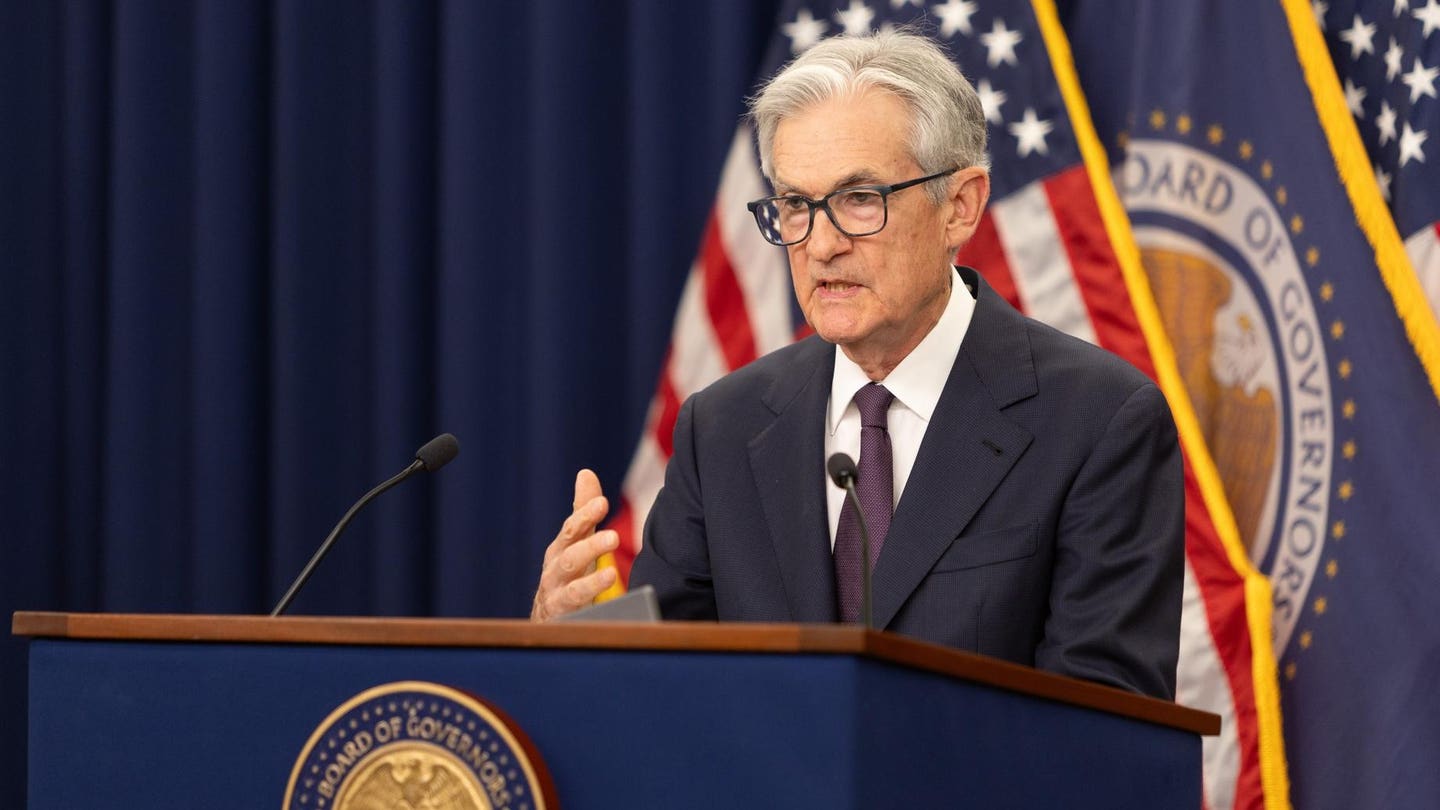The penny, a staple of American currency for over two centuries, is poised to vanish from circulation. Despite longstanding bipartisan agreement on its obsolescence, efforts to retire the penny have repeatedly stalled. However, a directive from President Donald Trump in February has set the stage for its eventual discontinuation. This move by the U.S. Treasury aims to phase out coins that cost more to produce than their face value, halting production once the current supply of blank slugs is exhausted. While the direct savings to taxpayers may be modest, eliminating the penny could result in significant economic benefits, with estimates suggesting up to $1 billion in annual savings from faster transactions and more efficient resource allocation.
Penny’s Historical Significance
The penny’s origins date back to 1792 when Congress established the U.S. Mint in Philadelphia. The mint’s first circulating coin was a pure copper penny, significantly larger and heavier than today’s version. Officially known as the “cent,” the coin was colloquially called the penny, a term derived from the British coinage system familiar to the American colonies. Over time, the penny’s composition evolved due to rising material costs, incorporating alloys of copper, nickel, zinc, and tin. The modern penny is primarily zinc with a thin copper plating.
The Evolution of Penny Design
Early pennies featured representations of Lady Liberty, a flying eagle, and an Indian head, reflecting Americans’ aversion to monarchic imagery. It wasn’t until 1909 that Abraham Lincoln’s profile was engraved on the penny to commemorate his 100th birthday, a design that remains today. The penny’s production process is intricate and begins with pure zinc, which is then plated with copper and stamped into slugs. These slugs undergo various steps, including upsetting, heat treatment, and washing, before being shipped to U.S. Mint facilities for striking and distribution.
Economic Implications of Penny Production
Historically, the U.S. Mint not only issued currency but also generated profits for the treasury through seigniorage, the difference between a coin’s face value and its production cost. However, as material costs rose, this profit margin narrowed, and since 2006, the penny has cost more to produce than its value. Currently, manufacturing a penny costs 3.7 cents, while a nickel costs 13.9 cents. With only 16% of transactions conducted in cash, seigniorage is no longer a significant revenue source.
The Future of Pennies
Despite being legal tender, the penny’s circulation is expected to dwindle. Many banks offer coin exchange services, though some charge fees for counting and rolling coins. Coinstar kiosks provide a convenient option for exchanging coins, though they charge a fee unless payment is accepted in gift cards. Collectors may take interest in pennies for their potential historical and collector value, consulting resources like the Professional Coin Grading Service for valuation.
As the penny becomes increasingly obsolete, the Federal Reserve estimates that nearly two-thirds of all pennies are stranded in various places, such as cupholders and couch cushions. While collectors may continue to acquire them, most pennies will eventually be recycled into other coins as they return to the mint. The decision to cease penny production reflects a broader trend of valuing efficiency and practicality over tradition, as the penny becomes more of a nostalgic symbol than a functional currency.
Note: This article is inspired by content from https://www.timesfreepress.com/news/2025/may/31/personal-finance-penny-pinching-gets-real/. It has been rephrased for originality. Images are credited to the original source.







